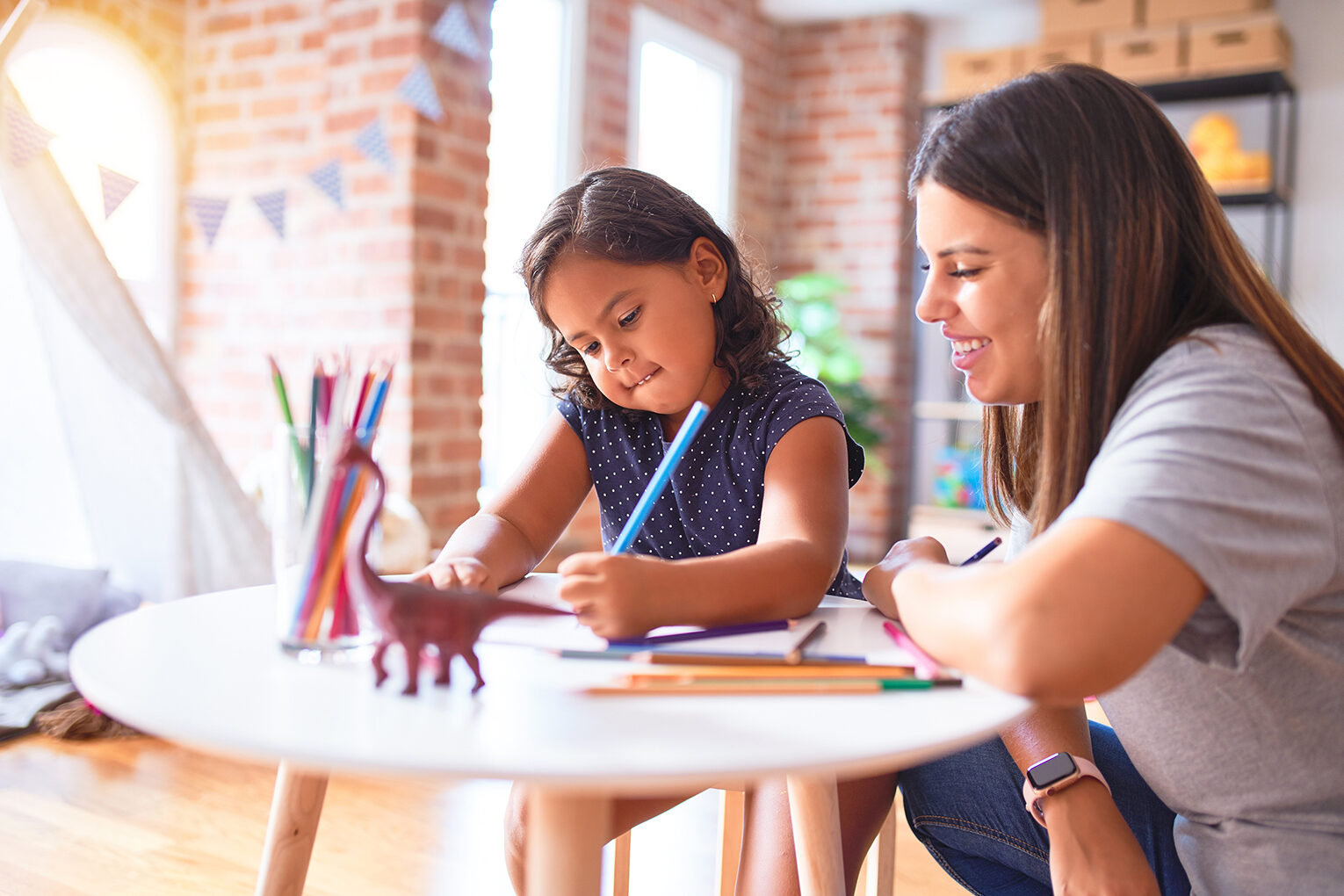
Learning a new language can be an enriching experience, especially when it starts at a young age. Spanish is one of the most widely spoken languages globally, and imparting this skill to children can open doors to cross-cultural understanding and future opportunities. Here are ten engaging activities that can make learning Spanish a joyous adventure.
Engaging Language Experiences
Imagine turning your living room into a vibrant Spanish-speaking corner. Create a ‘Café Español setting or a mini ‘fiesta’ with balloons and ‘piñatas’; While conversing in Spanish, your kids can pretend they’re in a colorful marketplace. Use common Spanish phrases to add realism while setting up and carrying out the activities.
1. Cultural Cooking Sessions
Cooking is a universal language, and adding a Spanish flavor to your dishes can be both a cultural and linguistic experience. Recipes like ‘paella’ and ‘tostadas’ introduce Spanish vocabulary for ingredients and cooking techniques and a sensory experience that complements language acquisition.
2. Spanish Storytime
Storybooks filled with vibrant images and beautifully illustrated stories will introduce kids to new words and phrases that build vocabulary. At One-Third Stories, our storybooks are brimming with excitement and striking illustrations that set the scene for memorable read-aloud experiences.
3. Flashcards and Spanish Bingo
Games can turn a mundane learning session into an interactive and exciting way to pick up new words. Flashcards or board games that use Spanish words can make learning feel like play. Games like ‘bingo’ and ‘lotería’ (a Mexican game similar to bingo) can be fun and rewarding for kids.
4. Spanish Scavenger Hunt
Indoor or outdoor scavenger hunts with Spanish clues can be a stimulating way to encourage conversation in Spanish. Hide items throughout the house or garden and arm the kids with a list of Spanish names for each item.
Creative Expression in Spanish
Art and creativity can be wonderfully expressive in any language. Kids can explore their artistic side through Spanish-themed coloring books, drawing, or craft projects. This combination will help them make connections between language and creative thought.
5. Crafting and Art Projects
Art projects can reinforce vocabulary, like crafting a ‘piñata’ or making ‘papel picado’—colorful paper banners, a staple in Hispanic culture.
6. Music and Dance
Languages and music are closely intertwined, and this is especially true for Spanish. Spanish Music with lyrics can help them understand and sing along, while dance classes incorporate a sense of physical rhythm and movement into language learning.
Everyday Conversations
Incorporate Spanish into your everyday routine. Teach your children to name common objects and activities around the house. For instance, “La mesa” is “the table,” “comer” is “to eat,” “la ropa” is “clothes,” and so on. These repetitions during daily activities will solidify their language learning naturally.
7. Themed Conversation Days
Choose a theme for your conversations each day. Monday could be about the weather, Tuesday about family members, etc. Structured moments are given throughout the week to focus on specific topics, increasing your children’s retention and application of new Spanish words and phrases.
8. Role-playing Games
Acting out different scenarios in Spanish—like visiting the doctor, going to a restaurant, or even playing a role in a Spanish telenovela—can make language come alive. Such role-playing scenarios help children learn new vocabulary and understand appropriate social and cultural contexts for language use.
Educational Outings
Take advantage of educational outings that expand your child’s Spanish language awareness and culture. Visits to local Spanish-speaking neighborhoods or places of cultural significance can offer real-life context to the language and exposure to music, food, and daily customs.
9. Visit Spanish-speaking Neighborhoods
Exposing your child to an environment where Spanish is the primary language can help improve their Spanish speaking skills. Take a trip to a Spanish-speaking neighborhood to visit markets, restaurants, and stores where kids can practice conversational skills with native speakers.
10. Library and Museum Visits
Many libraries and museums offer activities that cater to bilingual audiences. Storytelling sessions, workshops, and exhibits in Spanish can be educational and fun. It’s a way for children to hear the language fluently and diversely.
By adding these creative activities to your family’s daily life, you can make learning Spanish a natural and enjoyable experience.
Each adventure, whether through the art of cooking or the magic of music, presents an opportunity for your child to grow in their language skills while broadening their cultural horizons. After all, the best way to learn a language is by living it!



Choose a language
One Third Stories courses are available in French, Spanish, Italian and German.
Select a subscription
Choose between monthly or annual payment options.
Start learning
Receive your first audiobook and Story Box, and let the learning begin!.

Choose a language
Our courses are available in French, Spanish, Italian and German.

Select a subscription
Choose between monthly or annual payment options.

Start learning
Receive your first audiobook and Story Box, and let the learning begin!.
